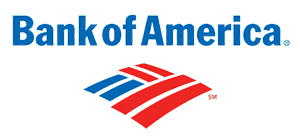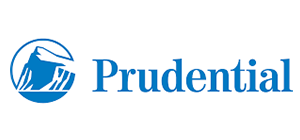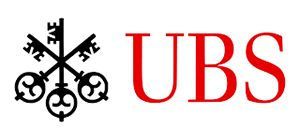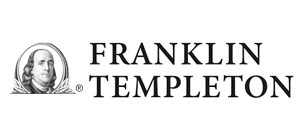How Bad is The Negative Alpha?
A fund's alpha is at the core of a class-action lawsuit.
Related posts: Alpha and Excess Return: Not Synonymous A Closet Index Carol Infinity Q: Too Much Alpha
The first thing a statistician notices about the world of finance is that common statistics are thrown around in very serious ways without any hint of their statistical significance.
Alpha, beta, or even simple excess benchmark performance feature in official reports but lack supporting t-stats, p-values, significance levels, or confidence intervals. At best, regression R-Squared is present, but even then it often lacks the F-statistic which takes into consideration degrees of freedom. It’s enough to puzzle any statistician, especially because failing to consider these elements can have serious implications.
Case in point the $2.4B AUM American Century Value Fund. As we mentioned in our recent piece, A Closet Index Carol, the fund is the target of a class action lawsuit alleging that they operated as a “closet indexer”. The fund’s underperformance, and in particular its negative alpha against the benchmark, is among the key arguments of the complaint.
Specifically, based on the three-year period October 2018 – September 2021 it is stated that:
- The fund’s 97% R-Squared means that “the strength of the relationship between the Fund and its benchmark, the Russell 1000 Value Index, is very high. Such a strong relationship indicates that the investment advisor’s investment strategy is adding little or no value to the Fund’s performance.”
- The fund’s negative alpha (-1.57% for the period) “further illustrates that the investment advisor’s investment strategy is adding no value to the Fund’s performance.”
These numbers match up with our own analysis from the fund’s Investor shares (TWVLX) return data from Morningstar. But as any statistician can tell you, there are additional data points required to draw conclusions, including the standard ones listed in the table below:
| Alpha, % | -1.46 |
| Alpha t-stat | -0.65 |
| Alpha p-value, % | 52.22 |
| Beta | 1.10 |
| Beta t-stat | 34.06 |
| Beta p-value, % | 0.00 |
| R-Squared, % | 97.15 |
Our alpha1 and R2 are similar to the ones in the complaint; the differences probably come from an alternate share class being used (or some other difference in returns), and possibly annualization type (we used arithmetic).
Sign in or register to get full access to all MPI research, comment on posts and read other community member commentary.





